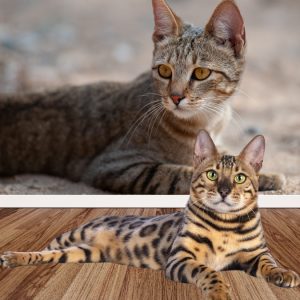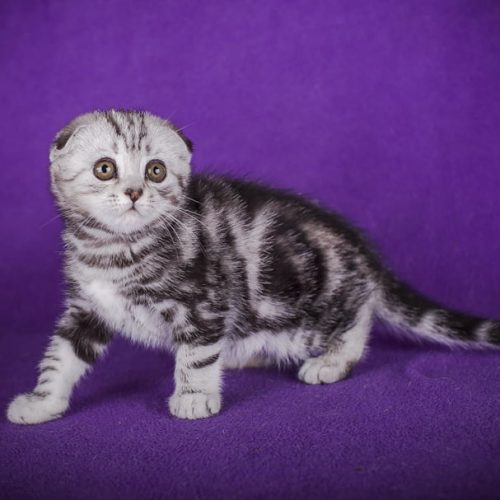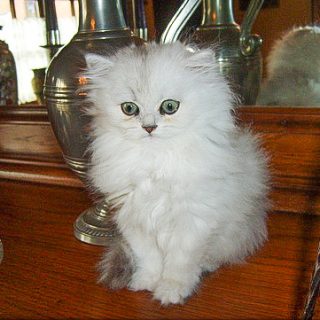This is another infographic which I hope summarises what is going on when a cat coat becomes pale and washed out. A lot of people like the appearance. All the grey cats are a washed out black. The most famous grey purebred cat is the British Blue. The Russian Blue is also a dilute black.













